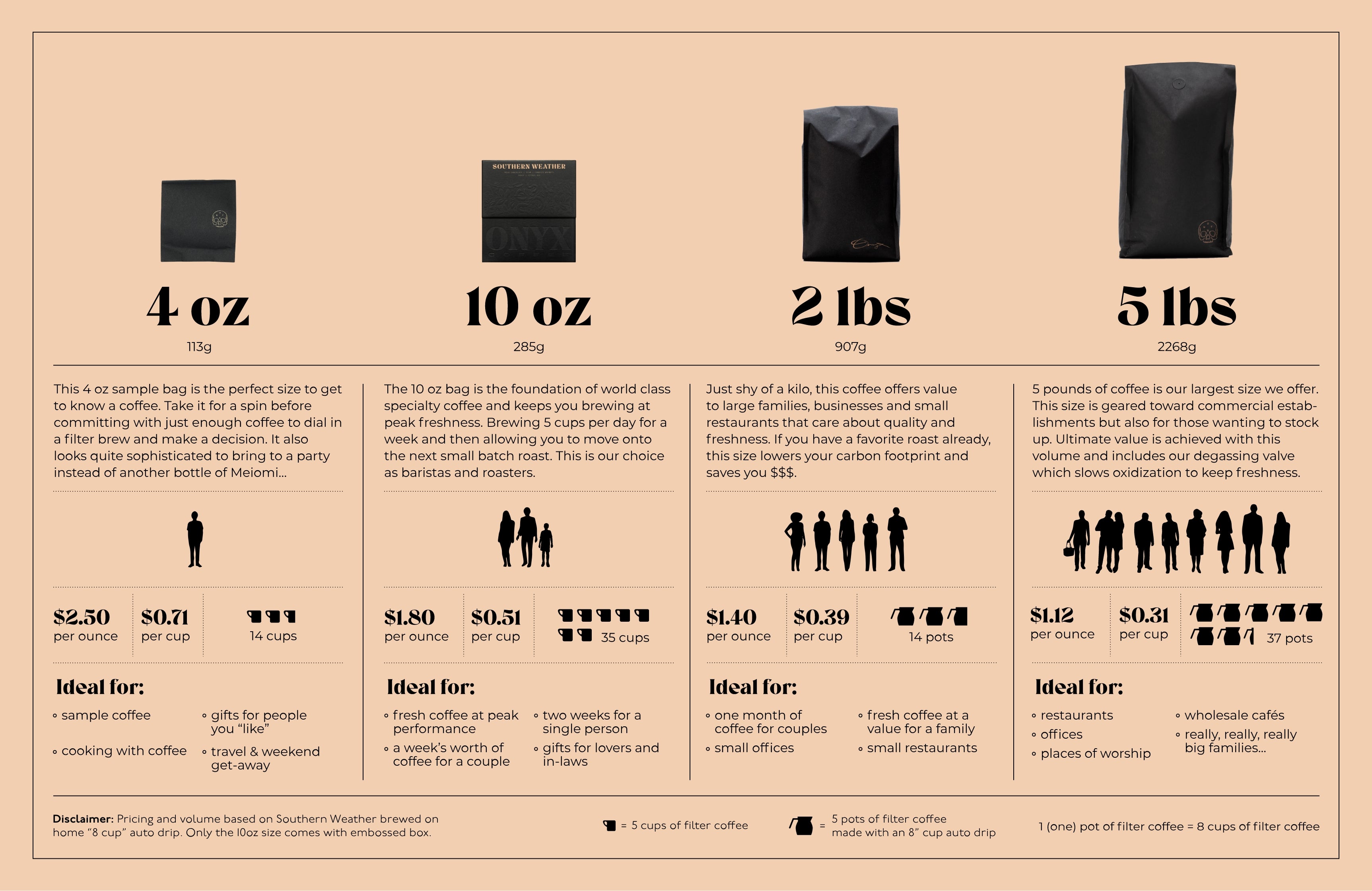Story
Much like the rest of the coffee world, Ethiopian coffee has had a tumultuous and challenging year. Between the pandemic, a tense election, and the start of the Tigray war, sourcing coffee in Ethiopia has presented unique challenges over the past three seasons. Our friends Zele, Emily, and Michael at Catalyst have continued to source amazing coffees and do so with kindness and generosity. At the outset of this season, we faced the fact that we would go through another season of cupping samples stateside and forgoing a trip to East Africa due to the pandemic. Instead of sending samples back and forth, we made the trip to Portland to visit their new lab to cup alongside them. We were able to complete our selections for the entire season after two intense days of cupping. We have a long love of the Bensa region and the coffees that are produced there, so it was no surprise that we selected this beautiful natural lot out of many others.
Hailing from the village of Keramo, this microlot was processed at the Hayissa Olocho station, a micro-mill located high in the mountains. This mill services the small region which has most often been lumped into the rest of the Bensa region. This is our first year working with this mill through our friends at Catalyst Coffee, and we are very excited to continue to work in this small but mighty region.
NATURALLY PROCESSED COFFEE
Natural coffees are beautiful… Okay, natural coffees are beautiful when done properly, but can be equally terrible when things go wrong. Natural processing, or dry processing, refers to the act of drying and fermenting coffee inside the cherry. Long before the age of portafilter tattoos and dual-boiler home espresso machines, coffee was picked and dried this way out of convenience. It is, to this day, still the most convenient and economically friendly way to process coffee cherries. (It’s estimated that dry-processing can use up to 90% less water than the washing process.) So why isn’t all coffee processed this way? Well, as coffee made its way across the world, it was commoditized and standardized, just like all other products spread by colonialism, but that’s a whole other story... Adding to the boom of washed processing, the natural process method can be tricky to get right, due to the delicate nature of fermentation and drying. What does all this have to do with the final cup? Well, when you leave the skin and fruit of the coffee cherry on the seed throughout fermentation and drying, that fruit begins to break down, imparting esters that influence delicate florals and big fruit notes into the seed that survive the roasting process. If it’s rushed or handled incorrectly, this fruit rot can lend off-flavors to the coffee, making the final cup dirty or ‘fermenty.’ Basically that single cherry begins to slowly decay, and controlling that delicate action through advanced technique and metrics allow us, lucky folks, to drink wonderfully floral and fruity coffees. We have long promoted natural processed coffees, and this heirloom variety from Keramo is just one of the reasons we do.



